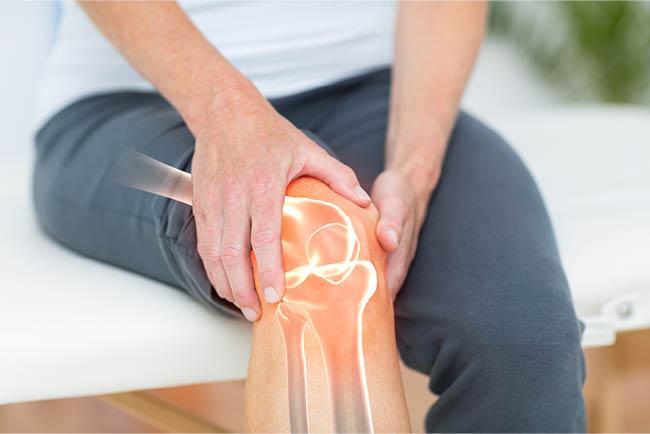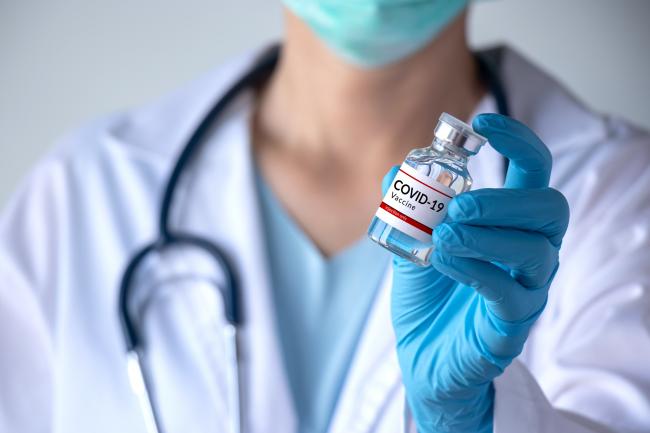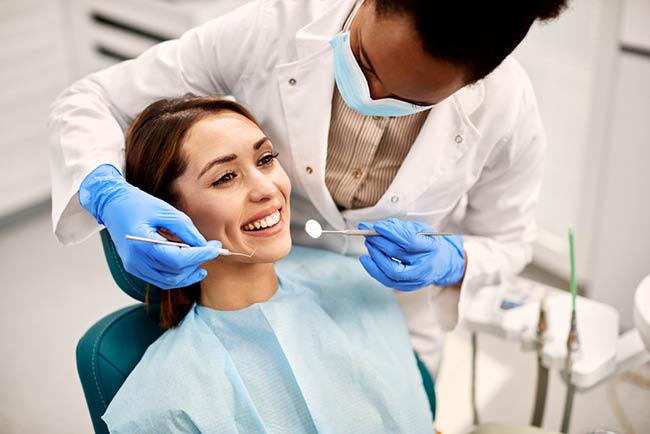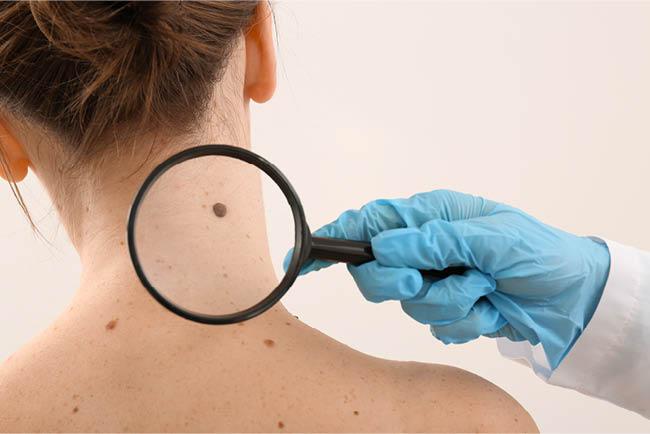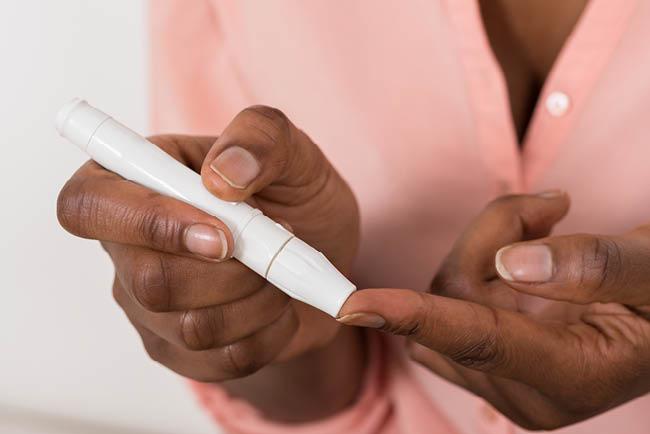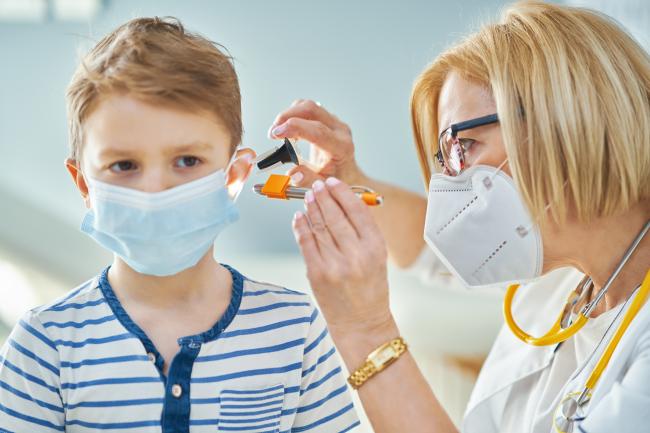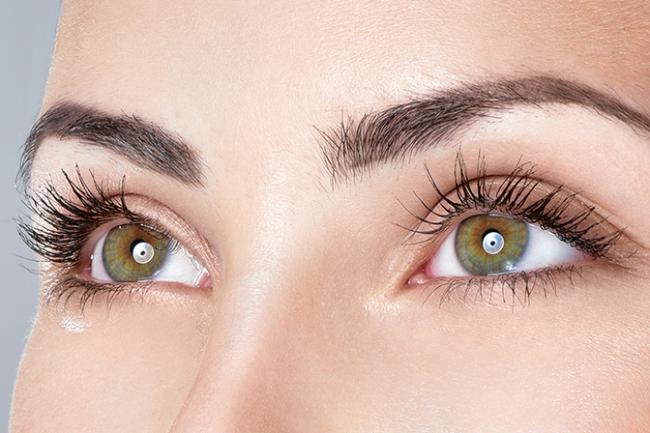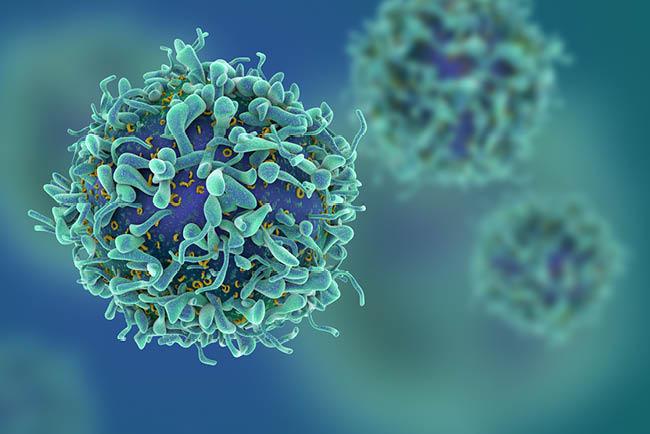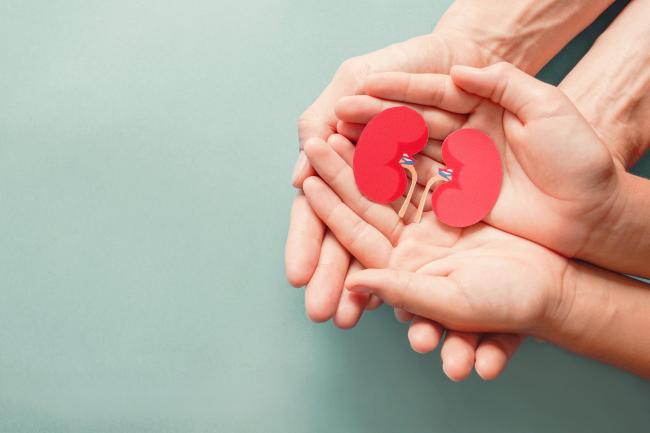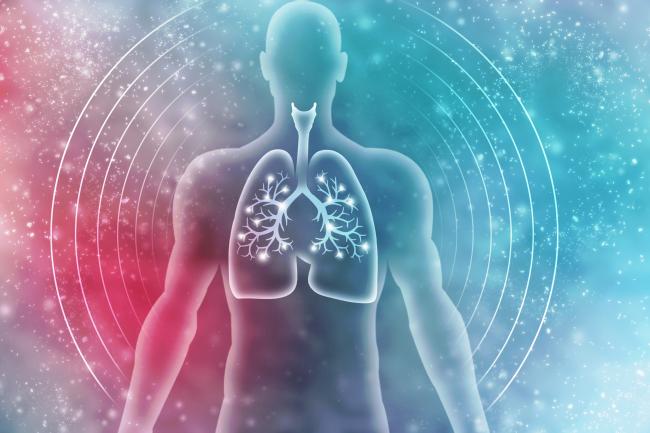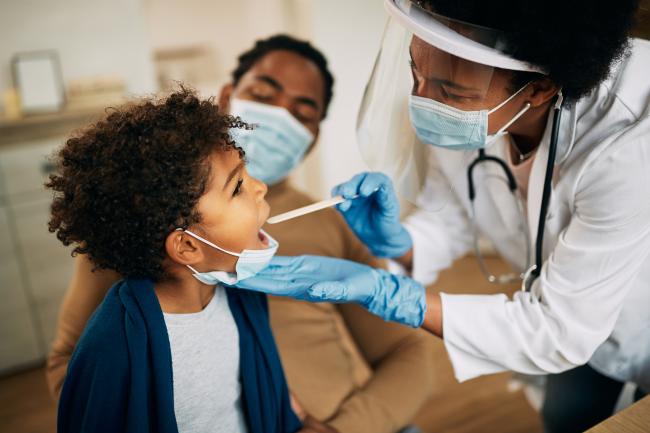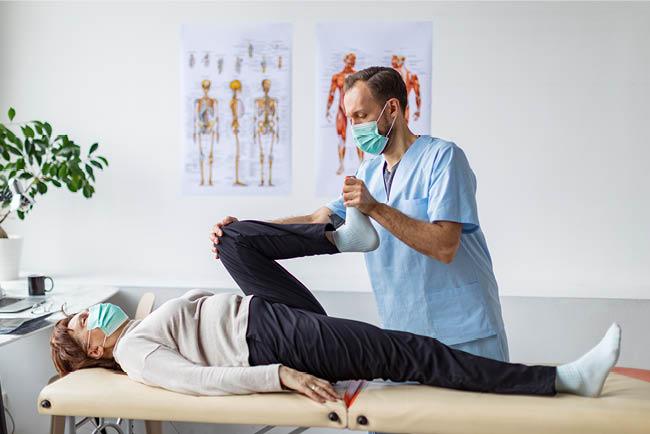Search Studies
Research studies are looking for volunteers just like you. Both healthy volunteers and participants with specific health conditions are needed to help answer important questions impacting the health of our friends and family. Join us to improve the health of others.
-
MARIS Study for Young Girls
Official Title Longitudinal Modeling of Interpersonal Stress Induced Rumination to Understand Depression Risk in Adolescent Girls (MARIS)Purpose
This study looks at how young girls think about and react to stress—both in their brains and in their daily lives—to see how these patterns might lead to or predict depression. It aims to understand whether certain ways of handling stress put some girls at higher risk for developing depressive symptoms.
If eligible, the child will complete assessments which include clinical interviews over Zoom, surveys, cognitive testing, and an MRI each year, for up to three years.
A parent/guardian is required to enroll in the study and will complete questionnaires and a clinical interview as well.
Could this study be right for you?
Inclusion Criteria:
- Female
- 10-14 years of age at enrollment
- Youth assent and parent consent
Exclusion Criteria:
- Psychotropic medication use in the past 4 months
- Metal braces or plans for braces in the next 2 years
- Developmental disorder
- History or diagnosis of depression, substance use disorder, bipolar disorder, psychosis or seizures
- Traumatic brain injury
- Claustrophobia
Age Range
10 - 14 years -
Testing Acolbifene vs Low Dose Tamoxifen to Prevent Breast Cancer
Official Title Phase IIA Trial of Acolbifene (20 mg) vs Low Dose Tamoxifen (5 mg) in Pre-menopausal Women at High Risk for Development of Breast CancerPurpose
This study wants to see if two medicines, acolbifene or a small dose of tamoxifen, can lower the chance of getting breast cancer in women who are at high risk before menopause.
Acolbifene and tamoxifen work by blocking estrogen, a hormone that can help cancer cells grow. By blocking estrogen, these medicines may lower the chance of breast cancer in women at high risk. The study lasts between 6 and 8 months.
If this study works, it could give us new ways to help prevent breast cancer.
Could this study be right for you?
- Pre-menopausal
- At increased risk of breast cancer, due to genetic mutation, family history, prior DCIS, LCIS, or atypical hyperplasia
- Seen in Stefanie Spielman Comprehensive Breast Cancer Center in Columbus, OH
Age Range
18 - 35 years -
Blocking Orexin Receptors to Help Treat Alcohol Addiction and Stress-Driven Drinking
Official Title OASIS - Orexin Receptor Antagonism for the Treatment of Alcohol Use Disorder and Stress-Related DrinkingPurpose
This study will look at whether suvorexant can help treat alcohol use disorder, how it works, and who it works best for. Suvorexant is a medicine that blocks certain brain signals linked to wakefulness.
Your total participation time in this study will be approximately 9 weeks.
Could this study be right for you?
Inclusion Criteria:
- Age 18-65
- Participant is able to give informed consent
- Engage in heavy alcohol use defined as drinking ≥14 standard drinks per week if male and ≥7 standard drinks per week if female.
General - Exclusion Criteria
- Clinically significant medical or neurological condition (e.g., liver disease, narcolepsy, complex sleep behaviors, severe hepatic impairment, COPD, severe obstructive sleep apnea)
- Current or past DSM-5 diagnosis of mania, schizophrenia, psychosis
- Past suicide attempt within 3 years or presence of moderate suicidal ideation
- Engage in night-shift work
Age Range
18 - 65 years -
Help Co-design a New Emotion Mapping Tool to Improve Patient-Provider Communication
Official Title Co-designing a Emotion Mapping Tool to Enhance Patient-Provider CommunicationPurpose
The objective of this research is to co-design with former inpatients to gradually refine and reimagine an emotion mapping toolkit through co-design workshops hosted at The Ohio State University (OSU) campus.
This research will ultimately inform future work aimed at enhancing patient engagement, emotional empowerment, and satisfaction through improved communication practices and the creation of actionable emotional data in healthcare settings.Your time involved with this study will be approximately 1 hour.
Could this study be right for you?
- Former inpatient who had been hospitalized for 3 or more days within the last 6 months
- Able to attend in-person workshop at The Ohio State University Columbus Campus
Age Range
18 years and up -
Parent/caregiver opinions on new design of child car safety seat
Official Title Phase II - Modular Convertible Child Safety Seat to Improve UsagePurpose
We want to learn parents' and caregivers' opinions on a new design for a child car safety seat. You will be asked to install a rotating child seat and a regular child seat into a provided vehicle and tell us what you like and don't like about each one.
Could this study be right for you?
To qualify for the study, you must be:
- Between the ages of 18 and 65
- A parent or care provider to a child who is 0 to 4 years of age
- Have installed a child safety seat in the last 2 years
- Able to lift and install a child car safety seat into a vehicle
Age Range
18 - 65 years -
Heavy Metal Exposure in Young Adult Electronic Cigarette Users
Official Title Examining Heavy Metal Exposure and Respiratory Health in Young Adult Electronic Cigarette UsersPurpose
This study will examine heavy metal exposure among young adult electronic cigarette users.
Participation involves taking part in a study at The Center for Tobacco Research. You will be asked to attend 1 study visit, lasting about 2 hours. You will be asked to bring your own preferred e-cigarette device to the study visit.
Could this study be right for you?
- Must be a current e-cigarette user
- Must be 18-29 years old
- Willing to attend 1 vaping session with personal electronic cigarette device at OSU
Age Range
18 - 29 years -
Improving Physical Ability and Cellular Senescence Elimination in HIV
Official Title Improving Physical Ability and Cellular Senescence Elimination in HIV (IPACE-HIV)Purpose
The purpose of this study is to evaluate the safety and tolerability of dasatinib and quercetin (D+Q) and efficacy of this regimen in improving physical function outcomes in people with HIV (PWH) who are frail or prefrail.
Could this study be right for you?
- People living with HIV ≥50 years diagnosed with HIV 10 or more years ago
- Currently on combination antiretroviral therapy
- Currently virologically suppressed
- Must meet FFP criteria & have 4-meter gait speed in the range of .5-1.2 m/sec
Age Range
50 years and up -
An Infusion Study for Patients with Newly Diagnosed Type 1 Diabetes
Official Title A randomized, double-blind, Phase 3 study to investigate efficacy and safety of teplizumab compared with placebo in participants 1 to 25 years of age with recently diagnosed Stage 3 Type 1 Diabetes (T1D)Purpose
This study is testing a medicine called teplizumab to see if it can help people aged 18 to 25 who were recently diagnosed with Type 1 Diabetes (T1D). The goal is to find out if teplizumab can protect the cells in the body that make insulin, which helps control blood sugar.
People with T1D usually lose these insulin-producing cells over time, and this study wants to see if teplizumab can slow down or stop that process. Everyone in the study will continue using insulin as usual, but some will also get teplizumab (or a placebo, which has no medicine) through IV infusions.
Researchers hope this treatment will:
-
Help the body keep making some of its own insulin
-
Reduce the amount of insulin people need to take
-
Improve blood sugar control
-
Lower the risk of very low blood sugar levels
The study will last about 84 weeks (a little over a year and a half), and participants will have regular checkups and tests to see how well the medicine works and how safe it is.
Could this study be right for you?
- Must be diagnosed with Type 1 Diabetes in the past 2 months
- Must have had a positive test for at least one Type 1 Diabetes antibody
- For female participants of childbearing potential - must use a contraception method (or abstinence)
Age Range
18 - 25 years -
-
A study testing whether a one-time procedure can improve blood sugars in patients age 22-70 with Type 2 Diabetes who are not on insulin
Official Title A Multicenter, Randomized, Double-blind, Sham-controlled study for Assessing the Safety and Effectiveness of Endoscopic Intestinal Re-Cellularization Therapy in Individuals with Type II Diabetes (ReCET Study)Purpose
To test the efficacy of a one-time non-surgical endoscopic procedure on improved glycemic control in patients with type 2 diabetes who are not on insulin.
Could this study be right for you?
Participants are eligible to be included in the study if all of the following criteria apply:
1. 22-70 years of age, inclusive.
2. T2D diagnosis for at least 6 months.
3. HbA1c of 7.5-10.5%, inclusive, determined by central laboratory. If the individual is on four glucose-lowering medications, HbA1c should be between 7.5% and 9.0%.
4. BMI 27-40 kg/m2, inclusive.
5. On 2-4 non-insulin glucose lowering mediations or on monotherapy with either GLP-1, or GLP-1/GIP medications, with no changes in medication or dosing for at least 12 weeks prior to the baseline visit.
6. Individualized metabolic surgery (IMS) score ≤ 115.
7. Weight stability (defined as a < 5% change in body weight) for at least 12 weeks prior to the screening visit.
8. Agree not to donate blood during participation in the study.
9. Able to comply with study requirements and understand and sign the Informed Consent Form.
10. Women of childbearing potential must be not pregnant and using an acceptable method of contraception throughout the study.
11. Willing and able to comply with study visits and study tasks as required per protocol.Age Range
22 - 70 years -
Vitamin C and Gut Health in adults with obesity
Official Title Anti-inflammatory Activities of Vitamin C Supplementation on the Gut Barrier Function in Adults with ObesityPurpose
This study is testing whether taking vitamin C can improve gut health and reduce inflammation in adults with obesity. We want to learn if vitamin C helps strengthen the gut lining (“gut barrier”), improve digestion, and support overall health.
Could this study be right for you?
-
Body weight: Have overweight or obesity (BMI 30 or higher)
-
Location: Able to come to The Ohio State University campus in Columbus, Ohio for study visits
-
Diet: Willing to follow a low vitamin C diet during the study
-
Health status: Generally healthy, without major chronic diseases other than obesity
-
Other: Non-smoker, not pregnant or breastfeeding, not currently taking high-dose vitamin C supplements
Age Range
18 - 55 years -
-
MIND-TNBC - Pilot study of a MIND diet intervention in women undergoing active treatment for triple negative breast cancer
Official Title MIND-TNBC - Pilot study of a MIND diet intervention in women undergoing active treatment for triple negative breast cancerPurpose
A research team at The Ohio State University in Columbus, OH, is recruiting participants for a remote study of diet and cognition among breast cancer patients.
Enrolled participants will be randomized to receive a personalized 12-week nutrition intervention for cognitive health with a registered dietitian-nutritionist or a 12-week general healthy lifestyle program and will complete all study visits remotely. Participants will be contacted 6 months after the intervention for data collection.
Could this study be right for you?
- Female
- Recently diagnosed with stage II-III triple-negative breast cancer
- Have just started, or soon will start systemic therapy (e.g. chemotherapy, targeted or endocrine therapies)
- English speaking
Age Range
40 - 65 years -
Targeting Aging with a Ketone Ester for Function in Frailty
Official Title A randomized, double-blind, placebo-controlled, parallel group, pilot study to evaluate the effect of a ketone ester on muscle and immune function in older men and women who are at risk for strength and mobility declinePurpose
The purpose of this study is to measure the effect of 20 weeks of Ketone Ester consumption on a composite score of vigor-frailty in older adults who are at risk for mobility and strength decline and to investigate the effect of 20 weeks of Ketone Ester consumption on additional physical function measures, cognitive and immune function, muscle metabolism, safety, tolerability, gut microbiome, and quality of life in older adults who are at risk for mobility and strength decline.
Could this study be right for you?
65 years of age or older
- living independently
- English speaking and able to understand study procedures and provide Informed Consent
- women must be post menopause
- ambulatory and able to pass the walk speed criteria at screening
- minimum body weight of 50kgs (110 lbs.) at time of screening
- able to fast and abstain from alcohol, cannabis products and not exercise for 10 hours prior to study visits
- maintain current diet, exercise, medication and supplement use
- must not have a known allergy, intolerance, or sensitivity to any soy or milk protein
- must not be under active surveillance or treatment for cancer
- has not followed a ketogenic diet or used any ketone products within 30 days of screening or at anytime during the study period
- does not work night shifts or shifts that do not allow for a consistent meal schedule during the day
- does not take any immunosuppressive medications, weight loss medications or supplements, chronic antibiotic usage or receiving chemotherapy
- must not adhere to any extreme dietary habits, including intermittent fasting, Atkins, vegan, high protein low carbohydrate
- must not be a heavy alcohol drinker (women 8 drinks or more per week; men 15 drinks or more per week)
- must not have uncontrolled elevated cholesterol upon results of screening laboratory results
Age Range
65 - 99 years


